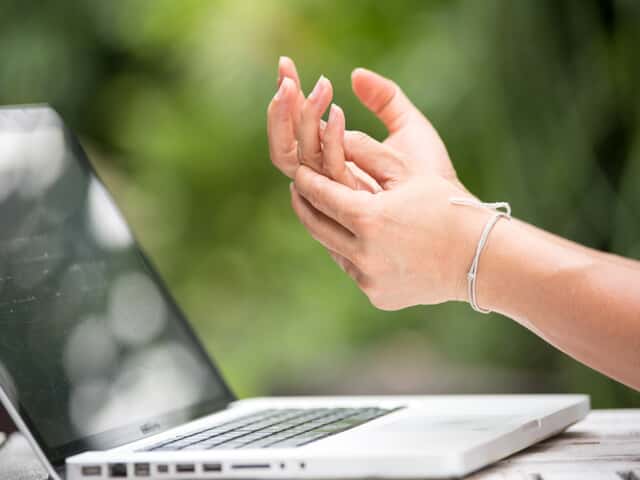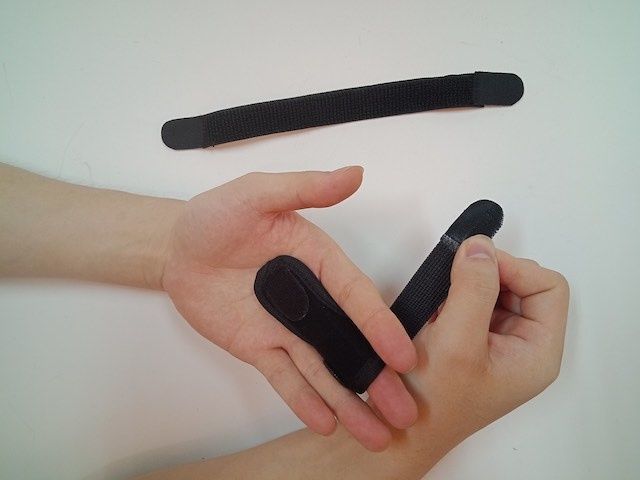
Alternative Therapies for Trigger Finger
Trigger finger, medically known as stenosing tenosynovitis, is a condition that causes a finger to get stuck in a bent position. It can be painful and limit the functionality of the affected hand. Traditional treatments often include splinting, anti-inflammatory medications, steroid injections, or even surgery. However, many people seek alternative therapies to avoid these more invasive options. In this article, we’ll explore some of the most effective alternative therapies for trigger finger.
Understanding Trigger Finger
Before delving into alternative treatments, it’s essential to understand what trigger finger is and its causes. Trigger finger occurs when the flexor tendon, responsible for bending the finger, becomes inflamed or swollen. This inflammation can cause the tendon to catch in the sheath that surrounds it, leading to the characteristic “triggering” or locking.
Causes and Risk Factors
Several factors can contribute to the development of trigger finger, including:
- Repetitive Gripping: Activities that involve repetitive hand movements, such as gripping tools, can strain the tendons.
- Health Conditions: Conditions like rheumatoid arthritis, diabetes, and gout increase the risk of developing trigger finger.
- Age and Gender: Trigger finger is more common in individuals over 40 and is more prevalent in women than men.
Alternative Therapies for Trigger Finger
1. Acupuncture
Acupuncture, a practice rooted in traditional Chinese medicine, involves inserting thin needles into specific points on the body. It is believed to balance the body’s energy and promote healing. For trigger finger, acupuncture can help reduce inflammation and pain, improving finger mobility. For more insights and further information about alternative therapies for trigger finger, feel free to check out trigger finger treatment singapore to learn more.
How It Works: Acupuncture may stimulate blood flow and release endorphins, the body’s natural painkillers, helping to alleviate symptoms.
What to Expect: During a session, an acupuncturist will insert needles at targeted points. The procedure is usually painless and lasts about 30 minutes. Several sessions may be needed to see significant improvements.
2. Hand Therapy and Exercises
Hand therapy, often conducted by a certified hand therapist, can significantly improve trigger finger symptoms. Specific exercises and stretches can strengthen the muscles and tendons in the hand, reducing the likelihood of the finger locking.
Exercises to Try:
- Finger Stretches: Gently stretch the fingers to improve flexibility.
- Tendon Gliding: This exercise involves moving the fingers through their full range of motion to prevent stiffness.
- Grip Strengthening: Using soft balls or putty can help strengthen the hand muscles.
Benefits: Regular hand therapy can reduce pain, improve function, and possibly prevent the need for more invasive treatments.
3. Massage Therapy
Massage therapy can be an effective way to manage trigger finger symptoms. By massaging the affected area, blood flow is increased, and muscle tension is reduced.
Techniques:
- Deep Tissue Massage: Focuses on the deeper layers of muscle and connective tissue.
- Trigger Point Therapy: Targets specific points of tension to release muscle knots.
DIY Massage: Using gentle pressure, massage the base of the affected finger with circular motions for a few minutes each day.
4. Essential Oils and Aromatherapy
Essential oils have been used for centuries to treat various ailments. For trigger finger, certain oils can reduce inflammation and pain.
Effective Oils:
- Lavender Oil: Known for its anti-inflammatory and analgesic properties.
- Peppermint Oil: Offers a cooling sensation that can help reduce pain and swelling.
- Eucalyptus Oil: Has anti-inflammatory properties that can alleviate pain.
Application: Dilute essential oils with a carrier oil (like coconut or olive oil) and massage them into the affected finger a few times daily.
5. Splinting
While splinting is a more conventional treatment, it can be considered an alternative to more invasive procedures like surgery. Splinting involves immobilizing the affected finger to prevent it from bending and allowing the tendon to heal.
Types of Splints:
- Over-the-Counter Splints: Readily available and can be used for mild to moderate cases.
- Custom-Made Splints: Designed by a hand therapist for a perfect fit and maximum benefit.
Usage: Wear the splint at night or during activities that trigger symptoms.

6. Dietary Changes
Nutrition plays a crucial role in overall health and can impact inflammation levels in the body. Certain dietary adjustments can help manage trigger finger symptoms.
Anti-Inflammatory Foods:
- Fruits and Vegetables: Rich in antioxidants and vitamins.
- Omega-3 Fatty Acids: Found in fish, flaxseeds, and walnuts, these fats reduce inflammation.
- Turmeric: Contains curcumin, a powerful anti-inflammatory compound.
Foods to Avoid: Reduce the intake of processed foods, sugars, and trans fats, which can increase inflammation.
7. Yoga and Stretching
Yoga incorporates stretching and strengthening exercises that can benefit those with trigger finger. Specific poses and stretches can improve hand and finger flexibility and reduce tension.
Beneficial Poses:
- Hand Stretches: Simple stretches like opening and closing the hands or spreading the fingers wide.
- Downward Dog: Helps stretch the entire upper body, including the hands and fingers.
- Finger Flexing: Flex and extend the fingers to maintain mobility.
Practice: Regular yoga sessions can promote overall hand health and alleviate symptoms.
8. Herbal Remedies
Herbal remedies can be a natural way to manage trigger finger. Certain herbs have anti-inflammatory and pain-relieving properties.
Effective Herbs:
- Ginger: Reduces inflammation and pain.
- Boswellia: Known for its anti-inflammatory effects.
- Willow Bark: Acts similarly to aspirin in reducing pain and inflammation.
Usage: These herbs can be consumed as teas, supplements, or applied topically in the form of creams or ointments.
9. Hydrotherapy
Hydrotherapy, or water therapy, uses water’s physical properties to provide therapeutic effects. It can help relax muscles, reduce pain, and improve circulation.
Methods:
- Warm Water Soaks: Soaking the affected hand in warm water can relax the muscles and tendons.
- Contrast Baths: Alternating between warm and cold water can reduce inflammation and improve blood flow.
Routine: Soak the affected finger for about 10-15 minutes, several times a day, for the best results.
10. Lifestyle Modifications
Sometimes, simple lifestyle changes can make a significant difference in managing trigger finger.
Recommendations:
- Avoid Repetitive Motions: Take breaks during activities that strain the hand.
- Ergonomic Adjustments: Ensure tools and workspaces are designed to reduce strain on the hands.
- Proper Hand Care: Maintain good hand hygiene and moisturize regularly to keep the skin and tendons healthy.
Conclusion
While trigger finger can be a debilitating condition, numerous alternative therapies offer relief without the need for invasive treatments. From acupuncture and hand therapy to essential oils and lifestyle changes, there are various ways to manage and alleviate symptoms. By exploring these alternative treatments, individuals with trigger finger can find the best approach that suits their needs and promotes healing.
You May Also Like

Towel Racks and Towel Bars
August 12, 2022
Prescription for Change: Sick Environmentalism
June 15, 2022


